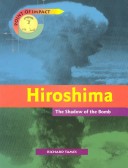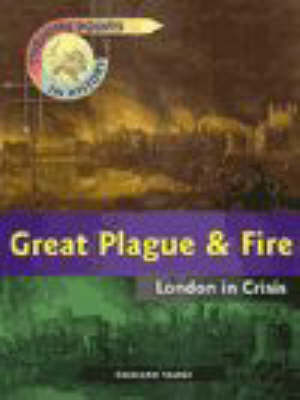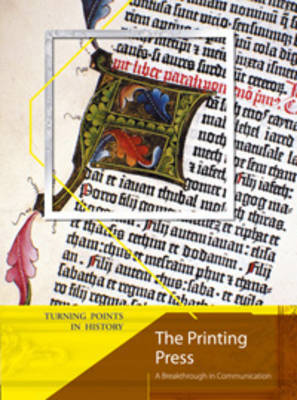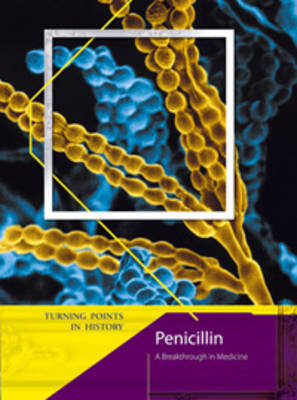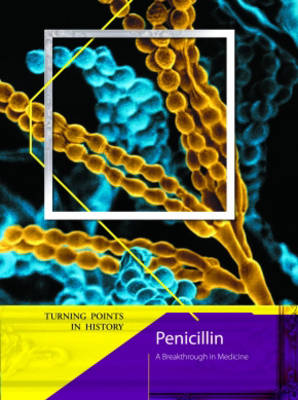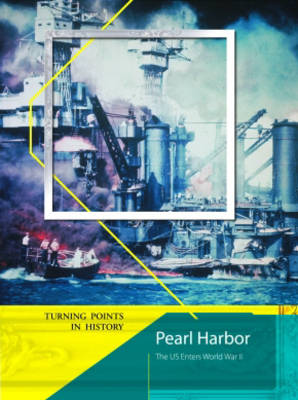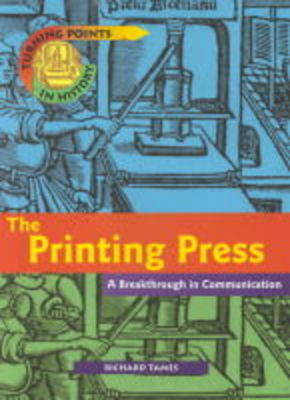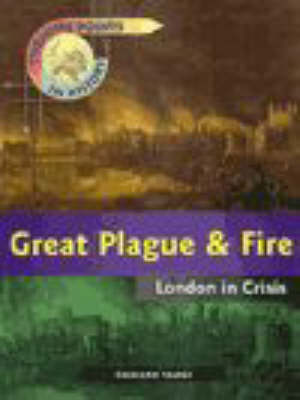Turning Points in History
13 total works
Turning Points in History: Great Plague and Fire - London in Crisis (Cased)
by Richard Tames
Turning Points in History: The Printing Press - A Breakthrough in Communications (Cased
by Richard Tames
Turning Points in History: The Steam Engine - A Breakthrough in Energy (Cased)
by Richard Tames

